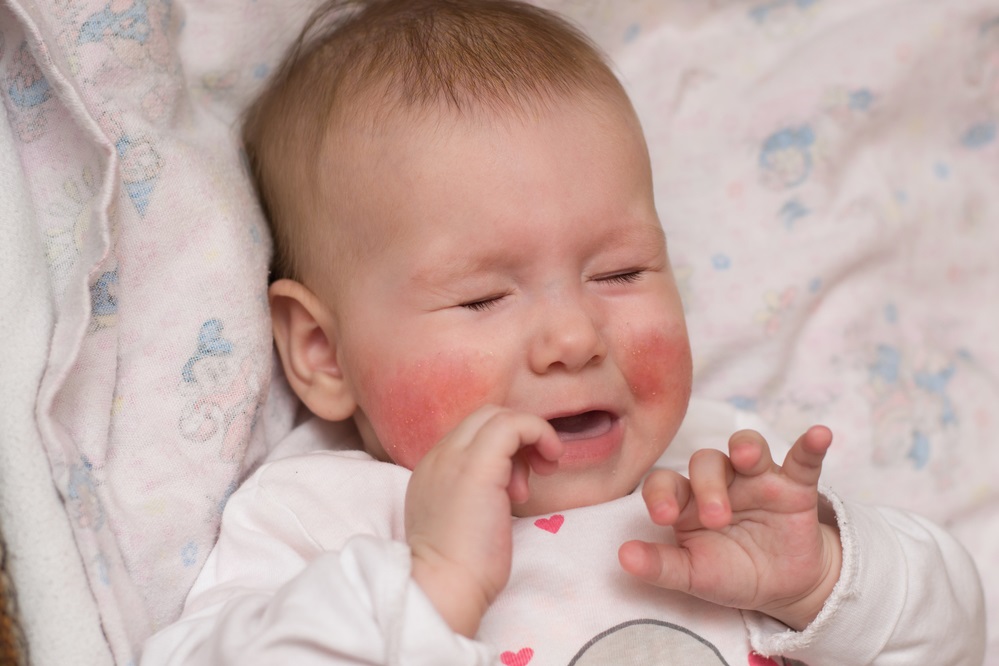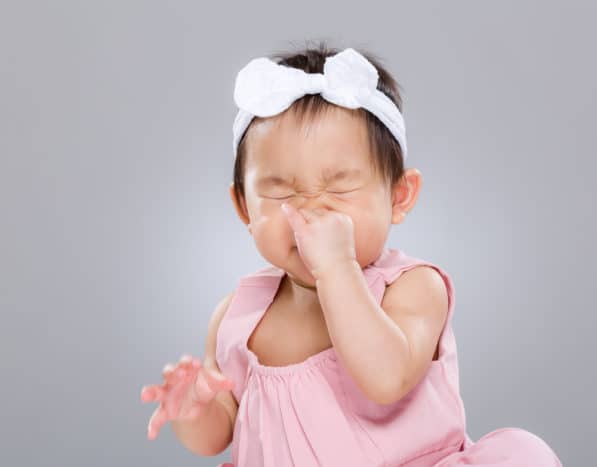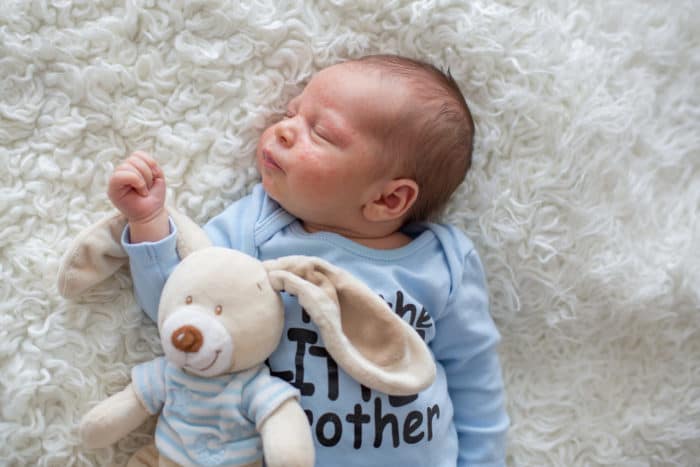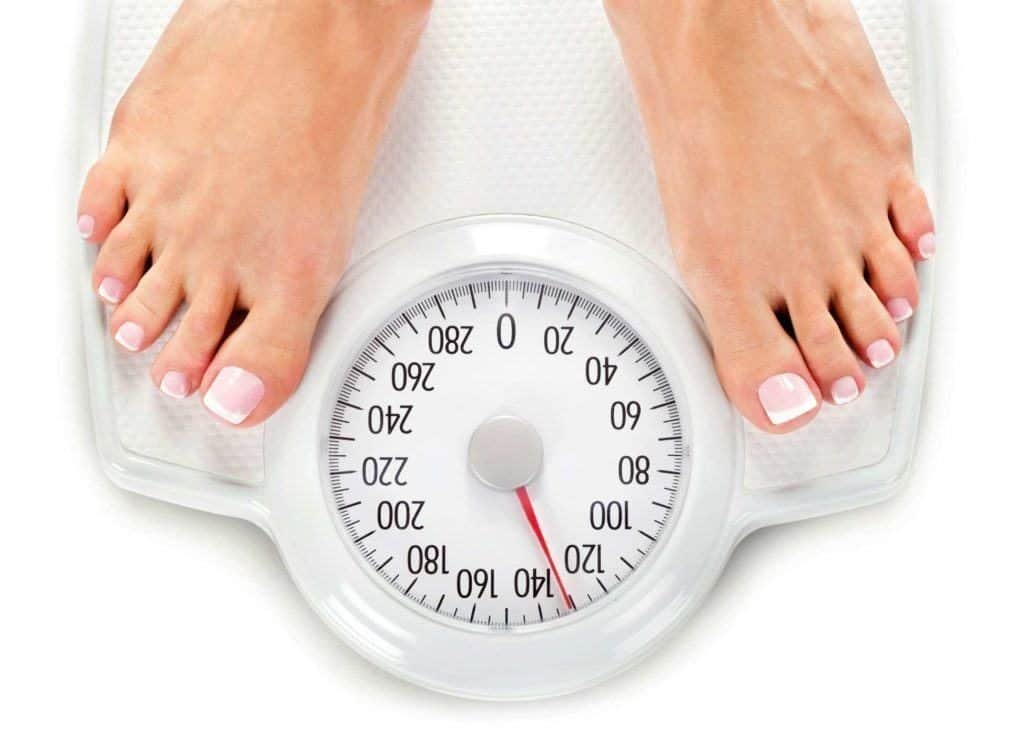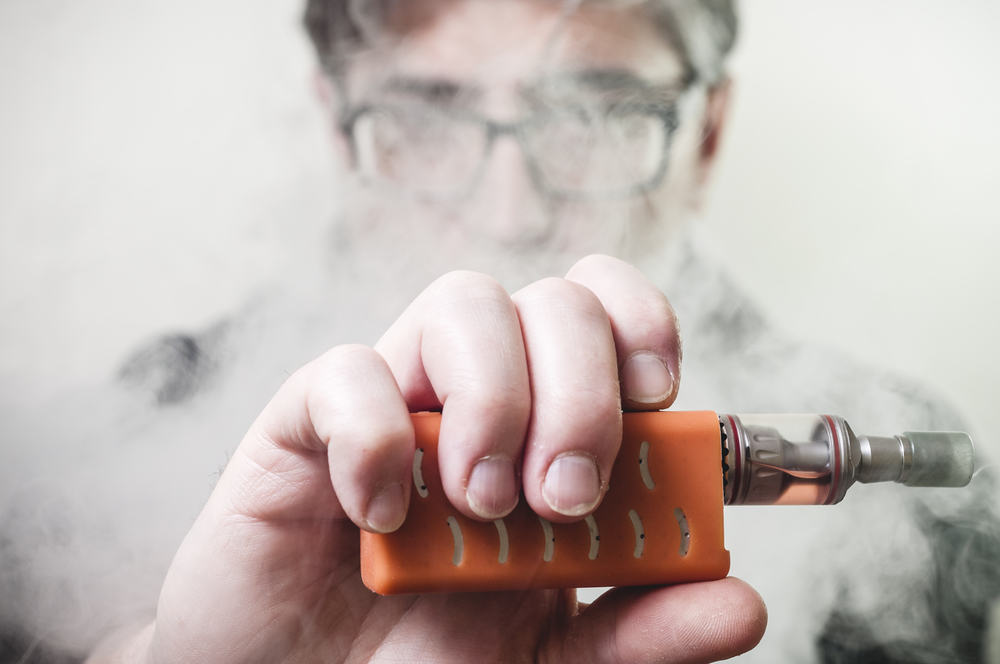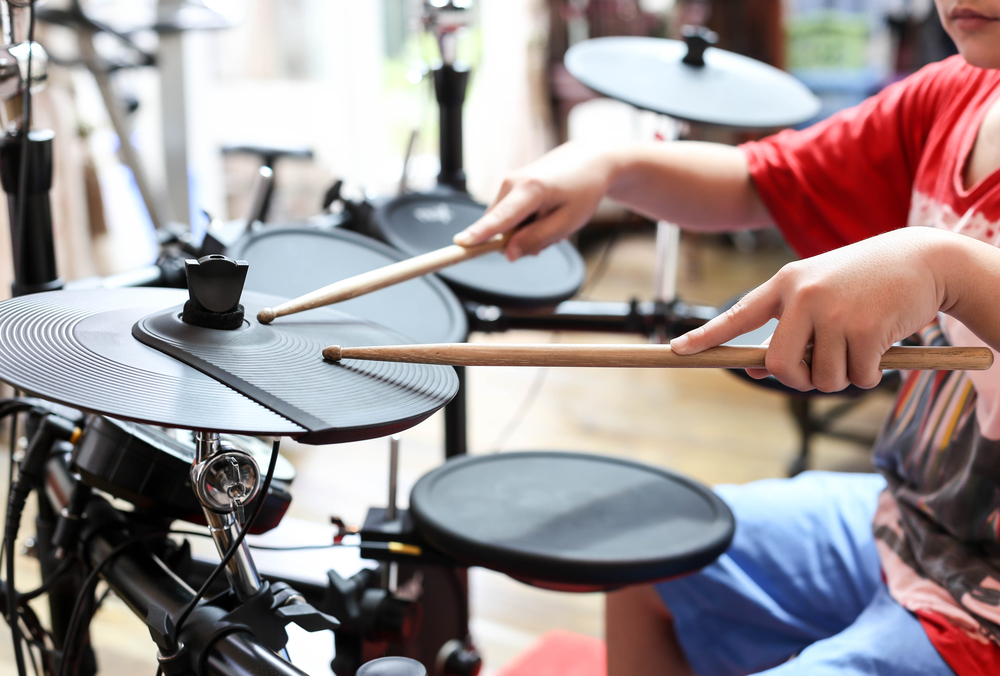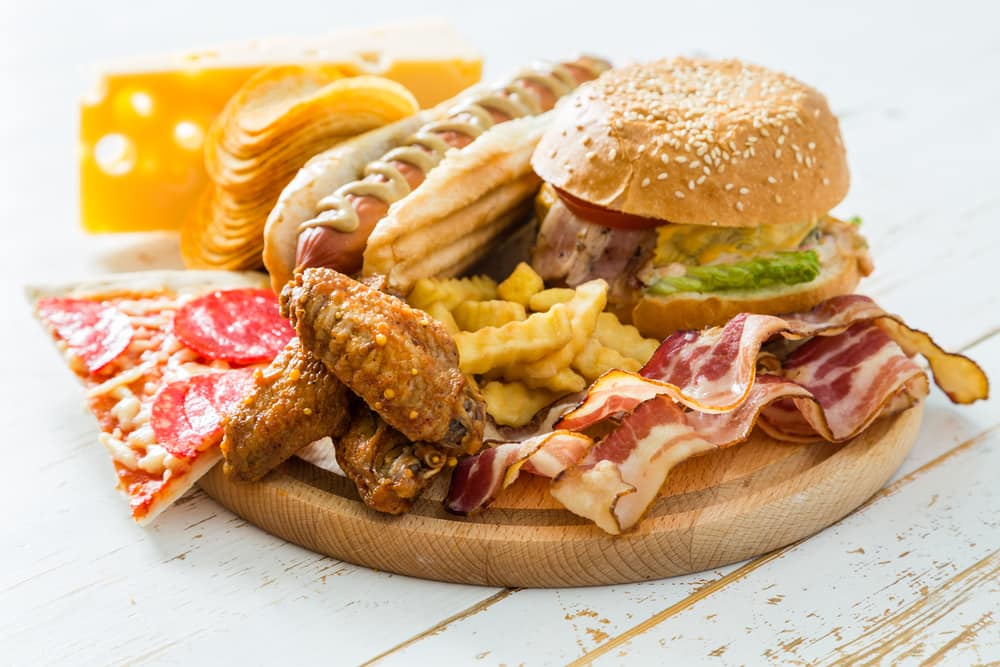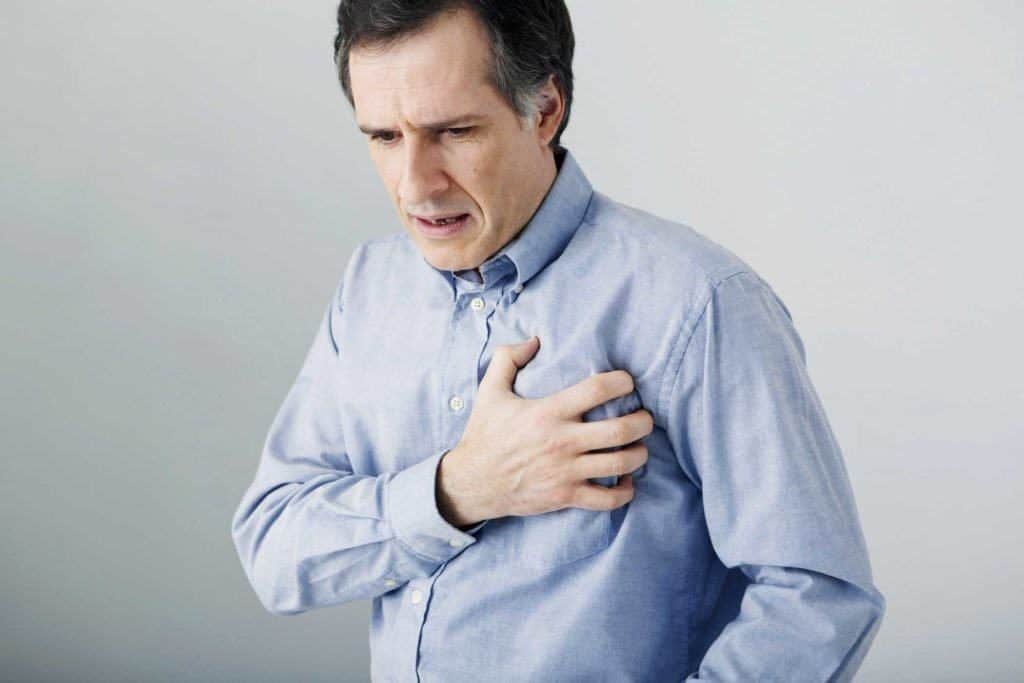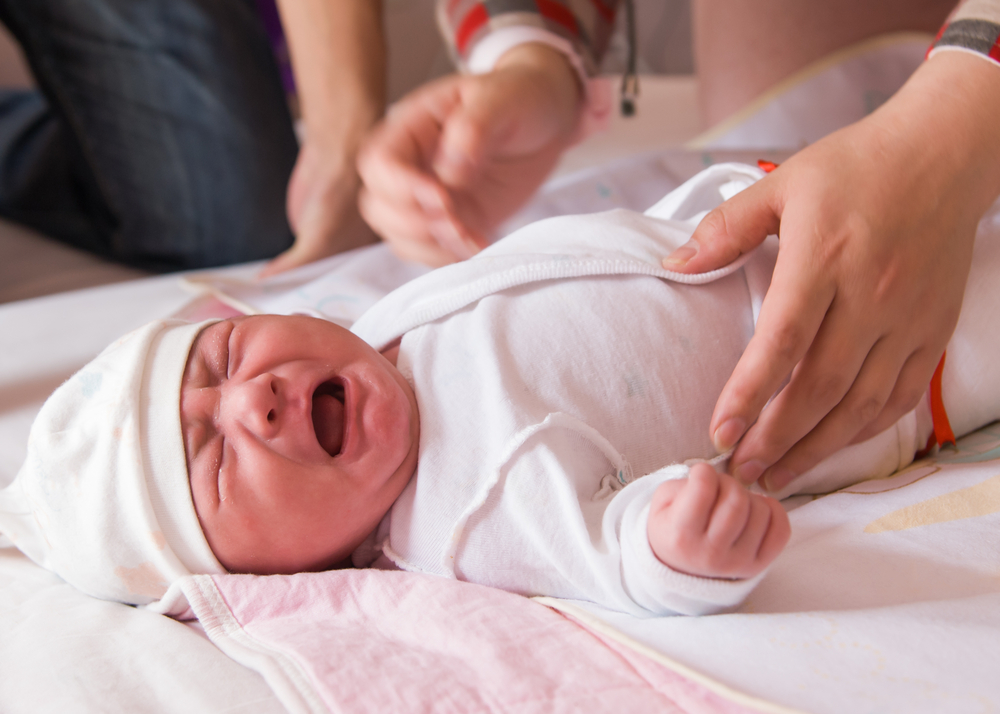Contents:
- Medical Video: Enlarged Nodes In My Child! Do I Need To Worry? | Pediatric Advice
- Generally, the baby's cheeks will turn red when the teeth begin to grow
- Be alert, the cheeks of a red baby can be a sign of an illness
- 1. Fifth disease
- 2. Allergy
- 3. Rosacea
Medical Video: Enlarged Nodes In My Child! Do I Need To Worry? | Pediatric Advice
When viewing television shows, babies who have red cheeks do look funny and adorable. In real life, this condition can indeed occur in infants. Generally, it occurs when the baby's teeth begin to grow. However, it can also be a sign of a baby's disease. What causes red baby cheeks? Come on, find out the following causes.
Generally, the baby's cheeks will turn red when the teeth begin to grow
Blushing cheeks is one sign that the baby's teeth are growing. Why? Redness of the skin occurs because the baby's teeth begin to penetrate the child's gums.
In addition, saliva production also increases so that when it comes to the skin a rash will appear around the cheeks or chin. This condition causes pain and sometimes fever. That is why babies will be difficult to sleep and do not want to eat.
But you don't need to worry, you can reduce the pain felt by the baby. The trick, stick a cold cloth on the baby's cheeks to reduce swelling and redness. Always keep the cheeks and chin area dry from saliva or breast milk. Apply the ointment according to your doctor's prescription on the skin that has a rash.
Be alert, the cheeks of a red baby can be a sign of an illness
Apparently, the baby's cheeks red can occur when your child has an illness. So, you should pay attention to any symptoms that appear besides redness on the cheeks, so that the baby gets faster treatment from the doctor. Here are some diseases that cause the baby's cheeks to red.
1. Fifth disease
Fifth disease (erythema infectiosum) has many names, i.e. slapped cheeks disease or fifth disease. The name of this disease describes the symptoms of redness on the skin as if it had been slapped.
Compared to adults, this disease is more common in children. However, the symptoms can be very severe if experienced by pregnant women or people with weakened immune systems.
This disease is caused by parvovirus B19 which can spread through saliva and breathing. Apart from causing red cheeks, other symptoms that may occur are very diverse. The symptoms are almost like the flu, such as:
- Headache
- Limp body
- Fever
- Sore throat
- Nausea
- Runny or stuffy nose
In addition to flu symptoms, a rash that appears can spread to other parts of the body. The initial stages of the hue will appear on the cheek area, then spread to the legs, and other bodies in a few days or weeks.
Symptoms of redness on the cheeks usually only appear in children. Adults tend to feel joint pain in the wrists, legs or knees as the main symptoms.
This disease can be overcome by taking paracetamol medicine, increasing rest, and drinking water. However, in severe life-threatening cases, intravenous immunoglobin (IVIG) can be given.
2. Allergy
The appearance of a red rash on the cheeks can be a sign of an allergic reaction, especially allergies to food. This condition can occur at any age, but is more common during the age of children. When the food that causes allergies is consumed by your child, the immune system directly attacks the food substance and considers it as a dangerous substance.
The appearance of a rash on the cheeks is usually accompanied by itching. Over time, the rash can spread to other parts of the body. Without treatment, food allergies can get worse and become eczema. You need to know that, these symptoms appear a few minutes or hours after the child has eaten something. Other allergy symptoms that you need to pay attention to include:
- Cough
- Nausea or vomiting
- Diarrhea
- Nasal congestion, runny nose, or keep sneezing
- Stomach ache
- Shortness of breath and chest pain
- Facial swelling and increased heart rate (severe allergic reaction)
If the baby has allergic symptoms, immediately check the doctor. Most importantly, you have to make sure baby food is free of allergy-triggering foods.
3. Rosacea
Rosacea is inflammation of the outer skin caused by bacteria that live in the intestines, mites, and also problems in blood vessels around the face. Although it tends to occur in older children and adults, toddlers can also experience this condition.
In addition to the cheeks of the red baby, the area of the forehead, nose and chin can also show symptoms of the rash. Other symptoms that you need to pay attention to include:
- The skin is thick and dry
- The pores look bigger
- The nose swells
- There is a lump in the eyelid
- Burning sensation on the skin
Just like allergies, the symptoms of this disease recur. Check your doctor immediately to get the right medicine for your baby. Don't forget to take care of your baby's skin, such as applying moisturizer and keeping clothes clean and keeping the air moist.

